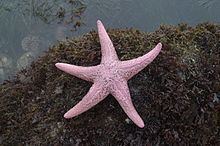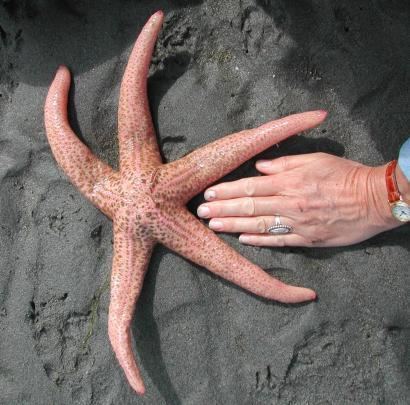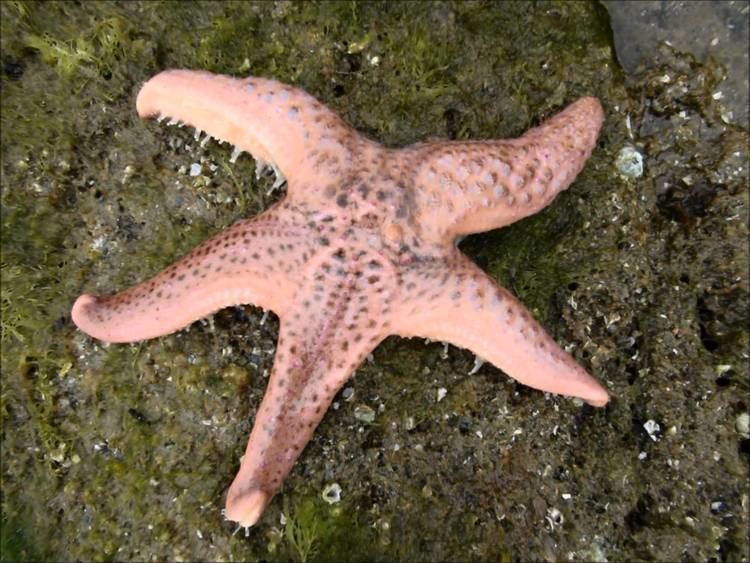Higher classification Pisaster | Scientific name Pisaster brevispinus Rank Species | |
 | ||
Similar Starfish, Pisaster, Echinoderm, Pisaster giganteus, Evasterias troscheli | ||
Pisaster brevispinus
Pisaster brevispinus, commonly called the pink sea star, giant pink sea star, or short-spined sea star, is a species of sea star from the northeast Pacific Ocean.
Contents
- Pisaster brevispinus
- Pisaster brevispinus at sooke bc
- Description
- Reproduction and life cycle
- References
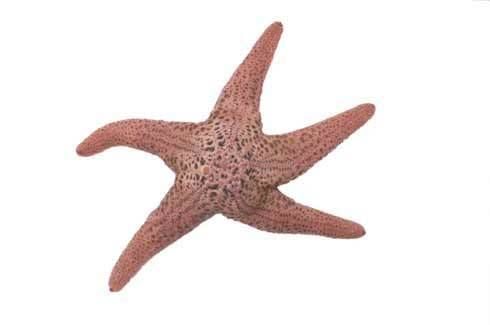
Pisaster brevispinus at sooke bc
Description
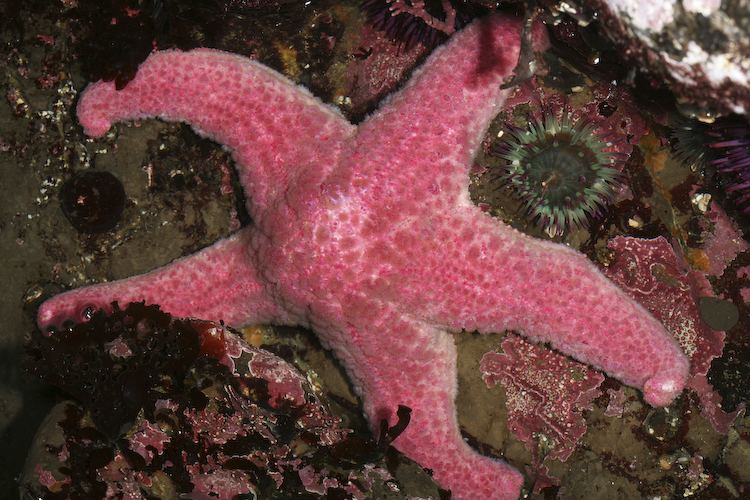
The pink star can reach a diameter of two feet while weighing up to two pounds, and has spines less than 2 mm long. It has a soft, flabby texture that allows it to bend slightly to stay on coral.
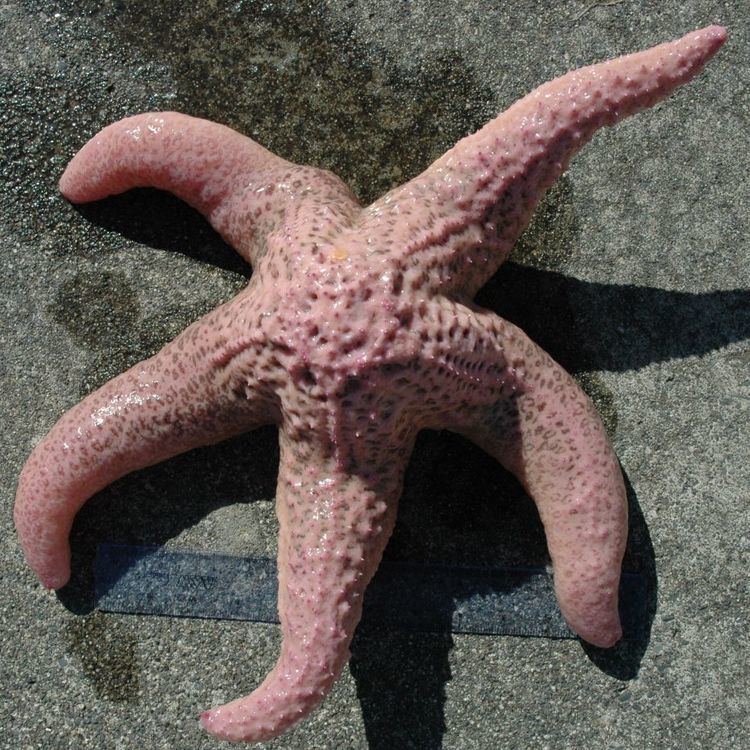
Pisaster brevispinus is usually found on sand or mud where it catches its prey such as clams or sand dollars. Smaller individuals are sometimes seen on rocks or pilings where they prey on mussels, barnacles, and tube worms. This species is also known to scavenge on dead fish and squid. The giant pink sea star does not tolerate being out of water very well, so it is generally found on the beach only during very low tides. It usually lives at a depth of 180 metres (590 ft).
Reproduction and life cycle

Starfish commonly reproduce using a method called free-spawning. This means that they release their gametes into the water, where they will hopefully be fertilized by the gamete from the opposite sex. It is thought that groups, when they are ready to spawn, use environmental signals to coordinate their timing. Once fertilization has occurred the egg develops from an embryo into a larva which feeds on small algae. During its planktic period the larva proceeds through several developmental phases going from gastrula to bipinnaria to brachiolaria. Towards the end of the last stage the larva develops a large sack like structure, a primordium, and begins searching for a suitable surface on which to settle.
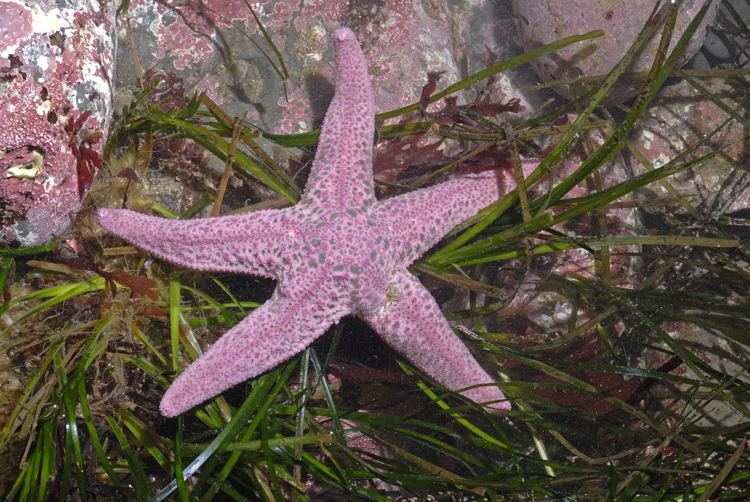
After settling into a home, the larva changes into a juvenile starfish. This process takes about 2 days. Initially the juvenile starfish has only 5 arms but additional arms develop rapidly as the starfish begins to feed on encrusting algae. At the end of 6 months the starfish is about 1 cm in size and begins to feed on corals. The starfish becomes sexually mature at the end of its second year by which time it has grown to about 20 cm in diameter. After 3–4 years (when the starfish is about 35 cm in size) it is thought to go into a senile phase where growth declines dramatically and reproduction is low. This phase has been identified only in the laboratory. It is not known how long starfish live however, they have been kept in aquaria for as long as 8 years.
